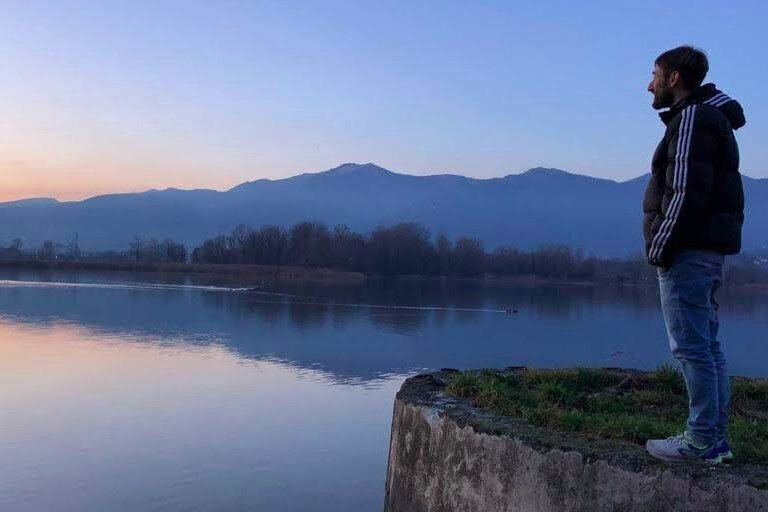Daniele Angella
Associate Professor in Geometry - University of Firenze
Daniele Angella graduated from the University of Parma in Italy and then got his PhD in Mathematics at the University of Pisa in 2013. His thesis was on "Cohomological aspects of non-Kähler manifolds".
Thanks to research grants by INdAM, an Italian government research institution, he visited the University of Zaragoza in Spain, and the University of Parma. Later, he was a Junior Visiting fellow at Centro di Ricerca Matematica "Ennio de Giorgi" of Scuola Normale Superiore in Pisa.
In 2015, he was granted national funding for the independence of young researchers: his research group on "Analytic aspects in complex and hypercomplex geometry" was based at University of Firenze and five people participated in it. Since 2017, he's been associate professor in Geometry at University of Firenze.
How would you define your field of study? What is your vision about it? Which are the topics you're most passionate about?
Complex geometry aims at understanding complex manifolds, namely, certain topological spaces locally modelled on the complex Euclidean space in order to let the notion of holomorphic function be defined.
Projective algebraic manifolds, and their transcendental analogues (the so-called Kähler manifolds) are special instances and have a rich theory, where algebra, topology, geometry, and analysis interact towards strong and beautiful results. On the other side, the broader context of complex (possibly non-Kähler) manifolds yields demanding and interesting mathematical problems, with applications to Theoretical Physics.
In the words of de Bartolomeis and Tomassini, “a sort of chemical analysis of symplectic and holomorphic contribution can be successfully performed in order to better understand the role of the different components of the theory” of Kähler Geometry, which “represents a perfect synthesis of the Symplectic and the Holomorphic worlds”. With this in mind, we are ultimately motivated by understanding the structure of complex manifolds towards a sort of classification.
Often, it happens that beautiful constructions and examples shed light on hidden connections between geometry and number theory, topology and analysis!
How do you expect your experience in IMM to be? Why did you accept to teach for this project?
I accepted to teach for IMM to contribute to the development of Mathematics, to share my knowledge exchanging it with new experiences, to act as an instrument for personal and scientific growths: these are my best hopes!
What is your teaching philosophy? What would you like to transmit to your students? How do you motivate them?
“Docendo discimus” is one of the motivations that encourage me in teaching. Another is the hope to guide my students in discovering the wonderful patterns that ties the puzzle of Mathematics, and that may clarify a bit our Knowledge and our Universe”.
Do you have one of two favorite quotes you would like to share and/or a personal “motto”?
"It's not mathematics that you need to contribute to. It's deeper than that: how might you contribute to humanity, and even deeper, to the well-being of the world, by pursuing mathematics? [...] The product of mathematics is clarity and understanding. Not theorems, by themselves.
[...] In short, mathematics only exists in a living community of mathematicians that spreads understanding and breaths life into ideas both old and new. [...]"
(Bill Thurston)
"Et toute science, quand nous l’entendons non comme un instrument de pouvoir et de domination, mais comme aventure de connaissance de notre espèce à travers les âges, n’est autre chose que cette harmonie, plus ou moins vaste et plus ou plus riche d’une époque à l’autre, qui se déploie au cours des générations et des siècles, par le délicat contrepoint de tous les thèmes apparus tour à tour, comme appelés du néant, pour se joindre en elle et s’y entrelacer".
(Alexander Grothendieck)


